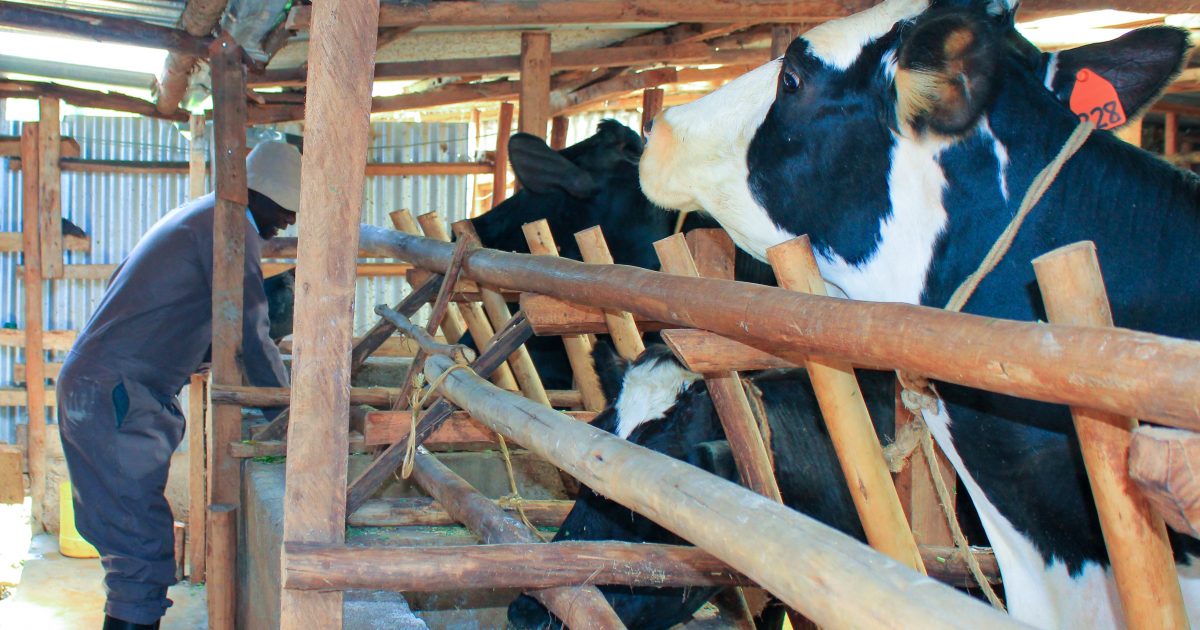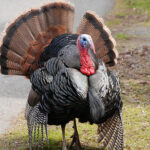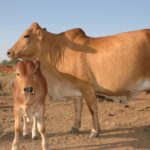Dairy farming is the backbone of Kenya’s agricultural economy, contributing 14% to the country’s agricultural Gross Domestic Product (GDP). This vital sub-sector plays a significant role in food security, employment creation, and rural development. With a ready market for dairy products and favorable climatic conditions, Kenya is poised to remain a key player in the dairy farming industry.
This article explores the essential factors to consider before venturing into dairy farming, the common dairy breeds, feeding and housing requirements, and market opportunities in Kenya.
Why Dairy Farming in Kenya?
Dairy farming is an indispensable part of Kenya’s agricultural landscape. With milk being a staple in most households and high demand for other dairy products such as yogurt, cheese, and ghee, dairy farming presents a lucrative opportunity for farmers.
Key Benefits of Dairy Farming in Kenya:
- Steady Income: Dairy farming provides a consistent source of revenue through daily milk sales.
- Employment Opportunities: Creates jobs in milking, processing, distribution, and farm management.
- Economic Growth: Contributes significantly to Kenya’s GDP and supports rural economies.
Factors to Consider Before Starting Dairy Farming
Before diving into dairy farming, it’s essential to plan strategically to maximize productivity and profitability.
- Fertile Land:
Invest in fertile land for cultivating high-quality fodder to reduce feed costs. - Market Availability:
Assess the local demand for milk and other dairy products. Urban centers and institutions like schools and hotels are reliable markets. - Climatic Conditions:
Regions with moderate temperatures and ample rainfall, such as Central Kenya, Rift Valley, and Western Kenya, are ideal for dairy farming. - Housing Facilities:
Construct spacious, well-ventilated, and weatherproof sheds to keep the cattle comfortable and healthy. - Water Supply:
Ensure a constant supply of clean water for drinking and sanitation. Dairy cattle require significant amounts of water daily. - Breed Selection:
Choose high-yielding breeds suitable for your region’s climate and farming system. - Health Management:
Develop a plan for vaccination, pest control, and disease prevention. - Feed Availability:
Source high-quality feed, supplements, and forage to meet the nutritional needs of your herd.
Popular Dairy Breeds in Kenya
Kenya is home to several high-yielding dairy cattle breeds that thrive under proper management.
- Jersey:
- Milk Yield: 15-20 liters daily.
- Known for high butterfat content in milk.
- Ayrshire:
- Milk Yield: 20 liters daily.
- Hardy and adaptable to various climates.
- Fleckvieh:
- Milk Yield: 18-20 liters daily.
- Dual-purpose breed, reared for both milk and beef.
- Guernsey:
- Milk Yield: Up to 25 liters daily.
- Fast-growing and efficient feed converters.
- Friesian:
- Milk Yield: 25-30 liters daily.
- Popular for high milk production and fast growth.
Housing Requirements for Dairy Cattle
Proper housing is crucial for the health and productivity of dairy cattle.
- Structure Design:
- Spacious, well-ventilated sheds.
- Raised floors to prevent waterlogging and disease.
- Comfortable bedding materials such as straw or sawdust.
- Essential Facilities:
- Feeding troughs to minimize wastage.
- Water troughs for easy access to drinking water.
- Waste management systems to maintain hygiene.
- Equipment Needed:
- Milking machines or hand-milking facilities.
- Chaff cutters for feed preparation.
- Knapsack sprayers for pest control.
Feeding Practices for High Milk Yield
Feeding dairy cattle adequately is key to achieving high milk production.
Types of Feed:
- Dry Forage: Hay and straw.
- Wet Forage: Silage and green grass.
- Concentrates: Commercial dairy meals, seed cakes, and wheat bran.
- Supplements: Minerals and vitamins to boost immunity and milk quality.
Water Requirements:
- Dairy cattle need 50-100 liters of clean water daily, depending on their size and milk production.
Dairy Farming Systems
Kenyan farmers adopt different dairy farming systems depending on their resources, land availability, and farming goals.
1. Open Grazing System:
- Animals roam freely in search of food and water.
- Low input costs but high vulnerability to diseases and predators.
2. Intensive System:
- Animals are confined in sheds and fed with prepared rations.
- Higher feed and housing costs but better disease control.
3. Semi-Intensive System:
- A combination of grazing and zero-grazing.
- Balanced approach with moderate input costs.
Health Management for Dairy Cattle
Regular health management practices are essential to prevent diseases and ensure the herd’s productivity.
- Vaccination: Protect against diseases such as foot-and-mouth disease and anthrax.
- Deworming: Regular deworming to control internal parasites.
- Pest Control: Use knapsack sprayers to manage external parasites like ticks and flies.
- Veterinary Services: Engage professionals for routine health checks and emergencies.
The Dairy Market in Kenya
Milk is a staple in Kenyan households, making the dairy market one of the most stable and profitable agricultural sectors.
Market Opportunities:
- Informal Markets: Farmers sell milk directly to households at an average of Ksh 70 per liter.
- Formal Processors: Supplying milk to companies like Brookside, New KCC, and Meru Dairy Co-operative Union.
- Value Addition: Producing yogurt, cheese, and ghee to diversify income streams.
Export Potential:
Kenya has opportunities to export milk and dairy products to neighboring countries and international markets.
Challenges in Dairy Farming
While dairy farming is lucrative, it comes with challenges that farmers must navigate.
- High Production Costs: Expenses for feed, housing, and veterinary services can be significant.
- Market Fluctuations: Prices for raw milk may vary depending on the season and demand.
- Diseases: Outbreaks of diseases like mastitis and brucellosis can cause significant losses.
- Limited Access to Credit: Small-scale farmers often struggle to secure loans for expansion.
Tips for Successful Dairy Farming
- Invest in Training: Learn modern dairy farming practices through workshops and agricultural extension services.
- Adopt Technology: Use milking machines, automated feeding systems, and herd management software to increase efficiency.
- Join Cooperatives: Leverage collective bargaining power to access better prices and services.
- Monitor Records: Keep detailed records of milk production, feed usage, and veterinary care to track performance.
Dairy farming in Kenya is a promising venture with significant economic and social benefits. By adopting best practices in breeding, feeding, housing, and health management, farmers can maximize productivity and profitability. With a robust domestic market and potential for exports, the future of dairy farming in Kenya is bright for those willing to invest and innovate.





